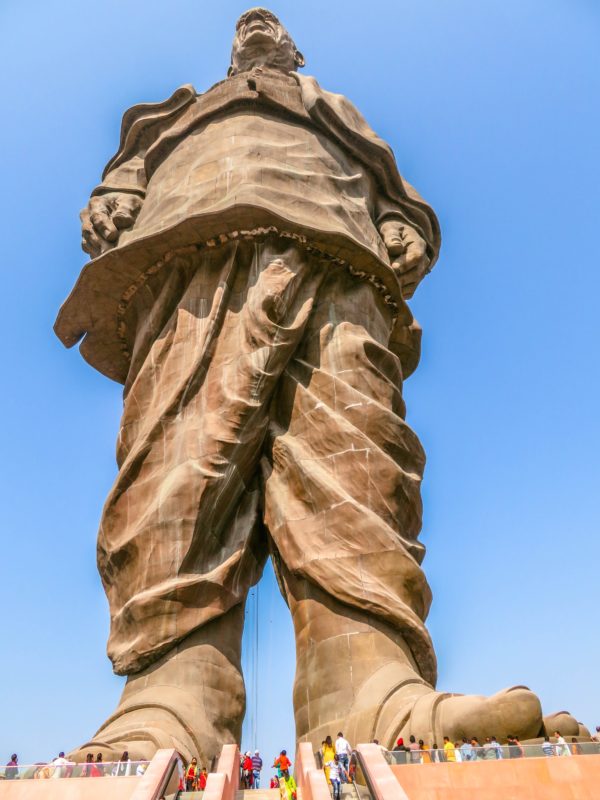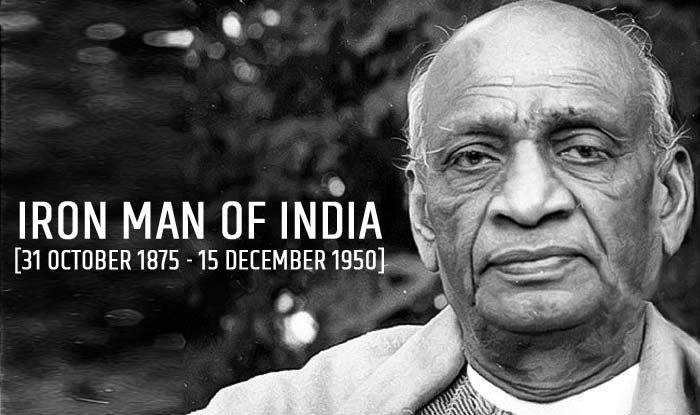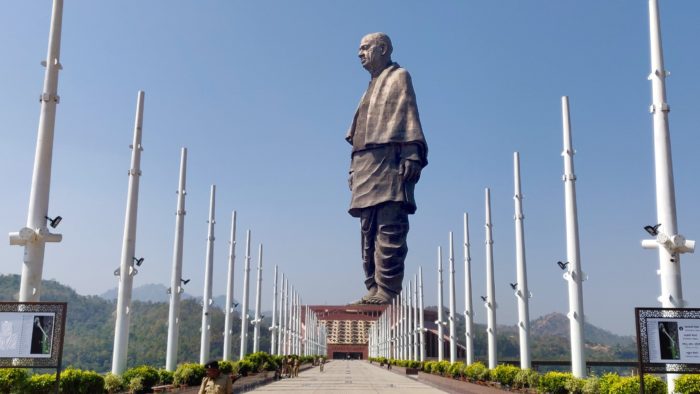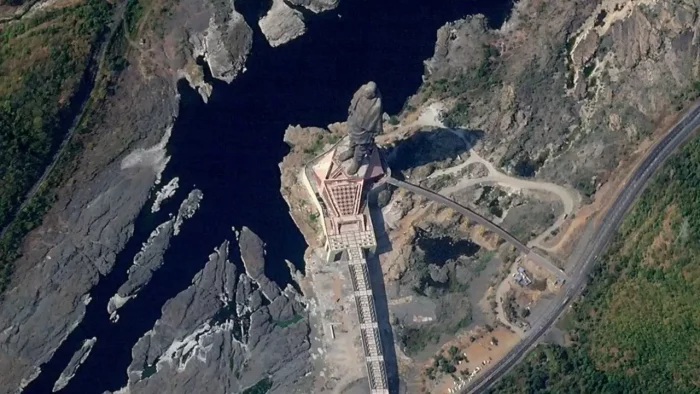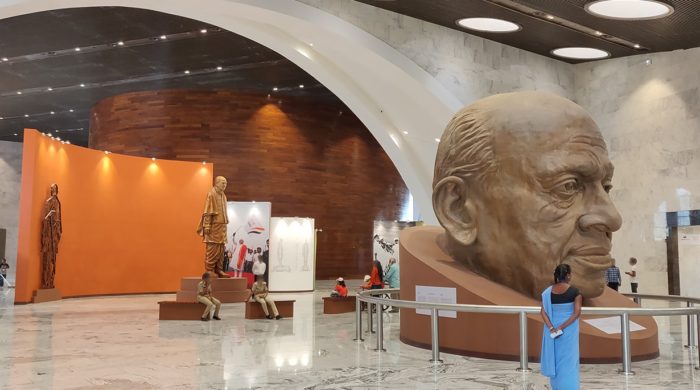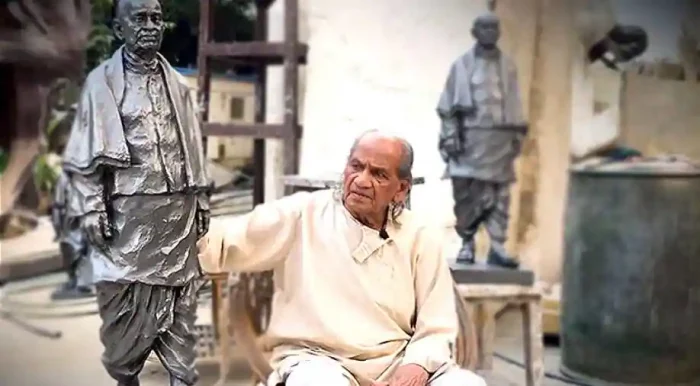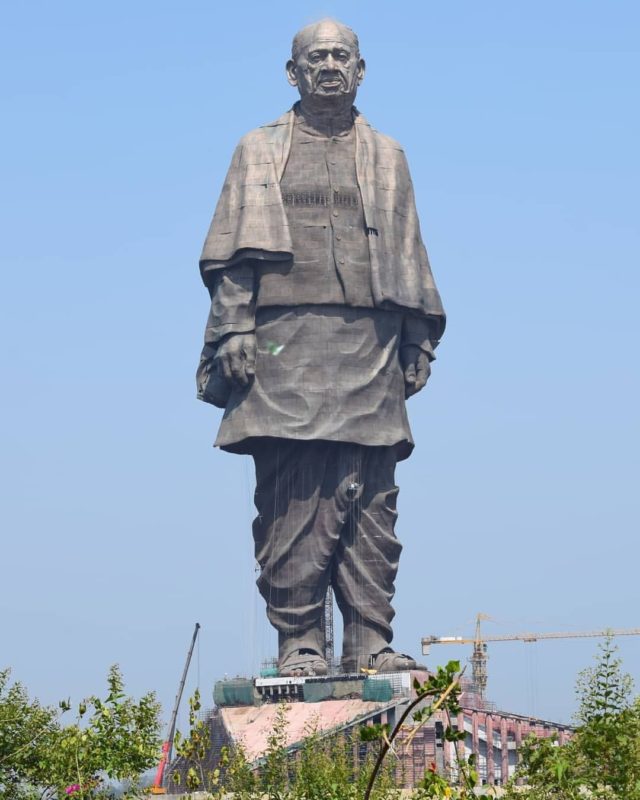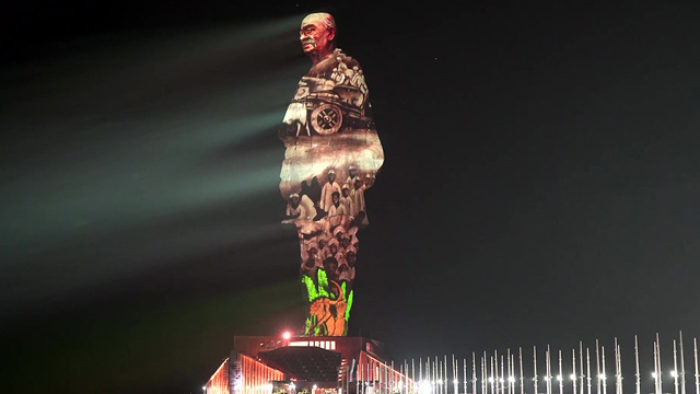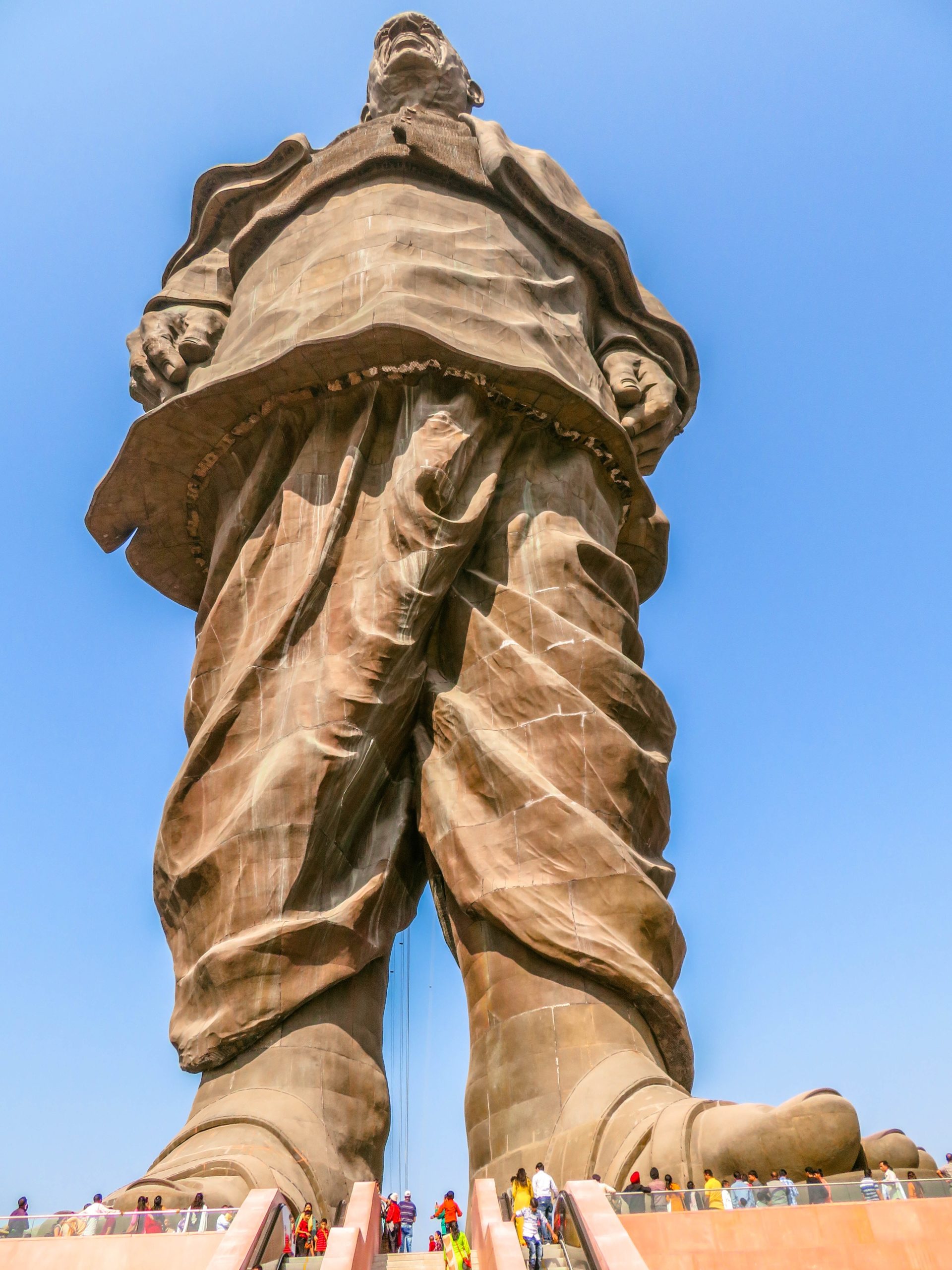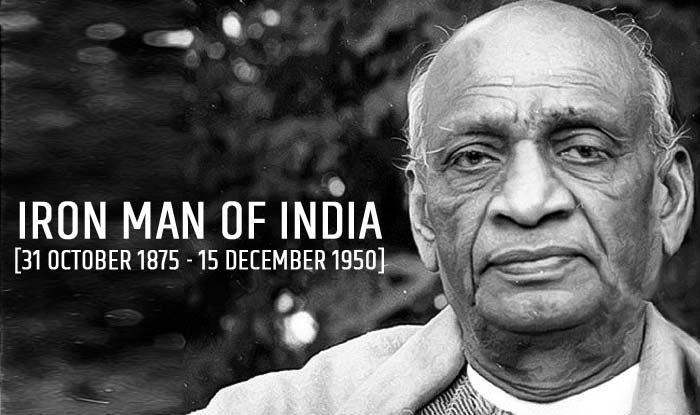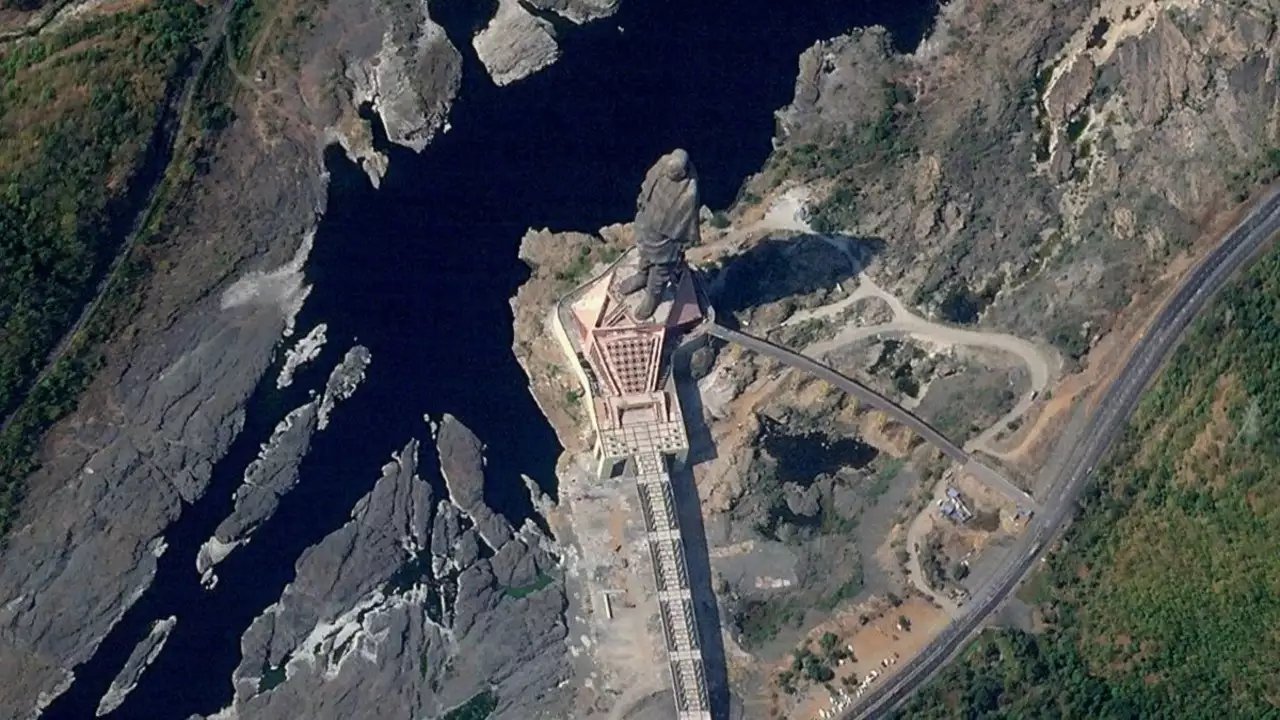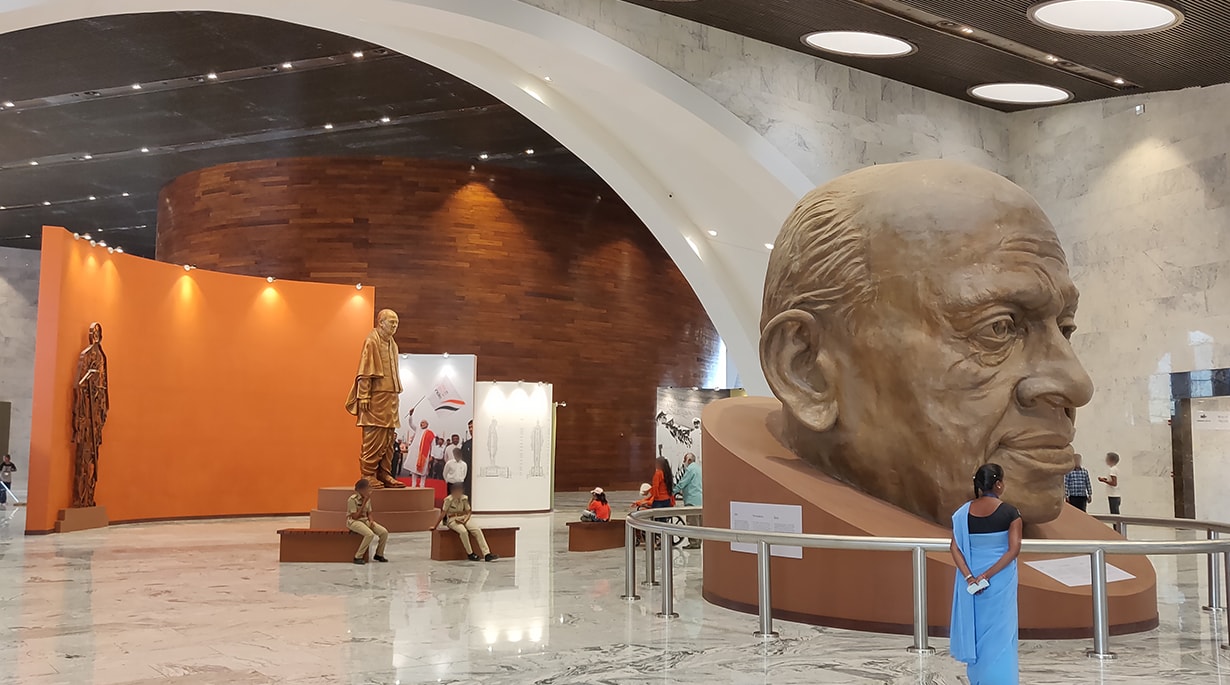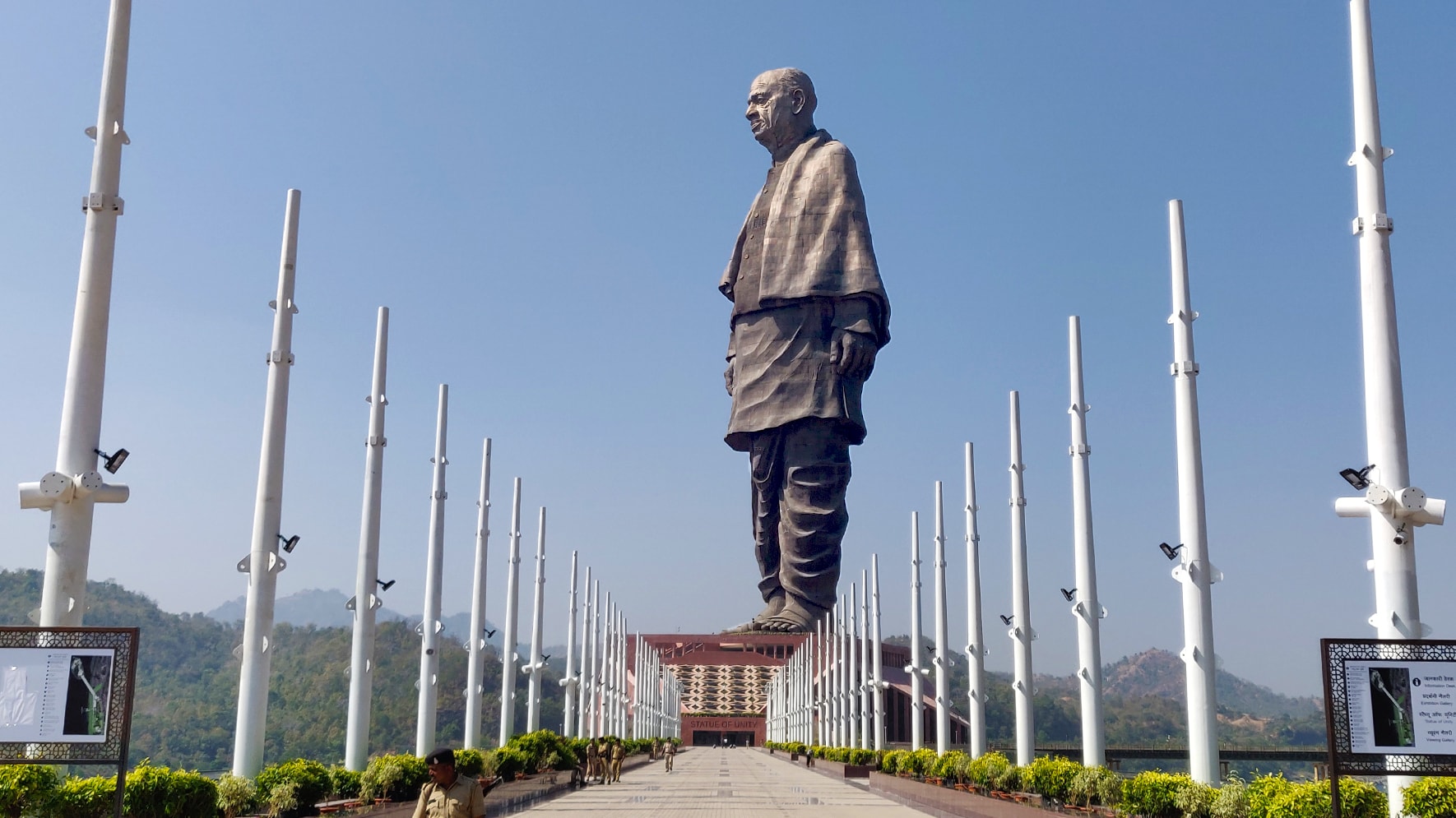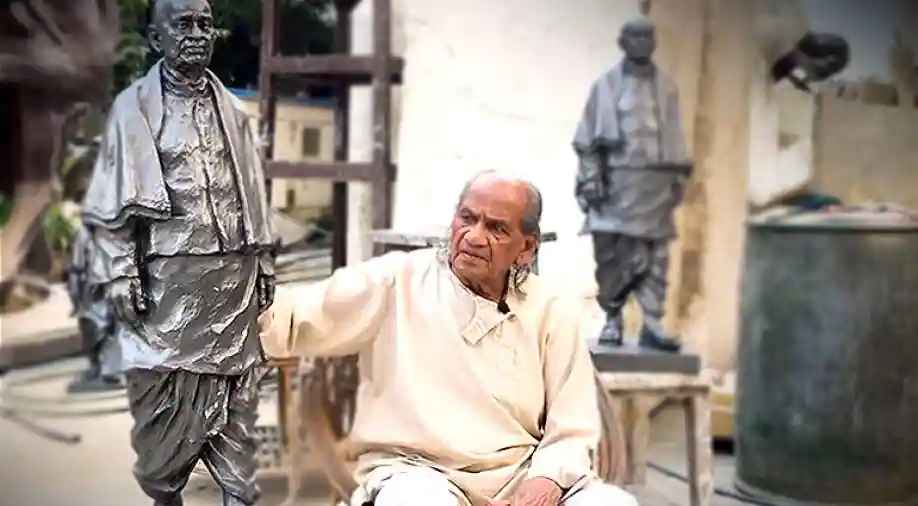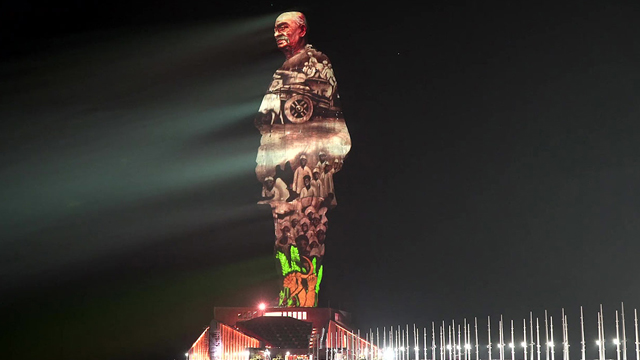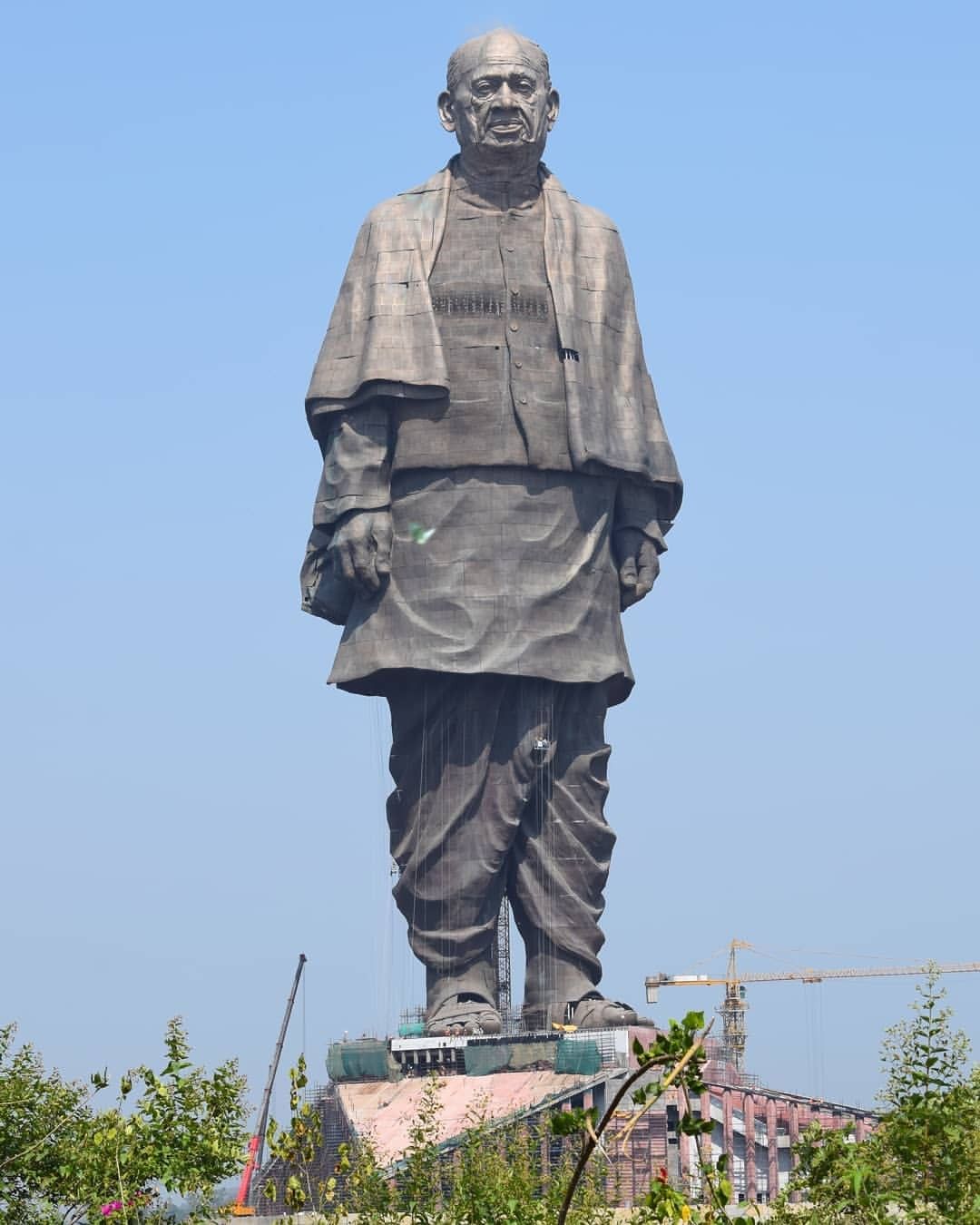Humans, including architects and artists, have always been obsessed with breaking records and advancing. Completed in 2018 in Gujarat, India, The Statue of Unity is marked as the tallest statue in the world, towering 60 meters over the former record holder, the Spring Temple Buddha Statue in China, and reaching a height twice as the Statue of Liberty. You can’t help but be curious about this architectural marvel, even if it’s not the only well-known landmark with its secrets.
Also Read: 20 of The Strangest Sculpture Art Spots and Buildings Worldwide.
The Statue of Unity: The Origin
The Statue of Unity was built to honor “India’s Iron Man” or “The Great Unifier” Vallabhbhai Jhaverbhai Patel, commonly known as Sardar Patel, a renowned Indian statesman who served as the First Deputy Prime Minister of Independent India and is considered the “Architect of Modern India”—he was responsible for the unity and integration of the Modern Republic of India. Patel’s achievements and contributions to the country deserve to be honored and told to future generations.
The Statue of Unity nestles in Gujarat, India, located on the Narmada River in the Kevadiya colony, facing the Sardar Sarovar Dam. The massive monument stands 182 meters tall, including a 58-tall base reaching a height of 240 meters.
The Statue of Unity’s Construction
The decision to begin the construction of the Tallest Statue in The World was announced at the end of 2013 at a press conference. The project was named “Gujarat’s Tribute to the Nation.” The Indian Infrastructure company Larsen & Toubro worked on the execution of the project. They used BIM technology to coordinate among all stakeholders and accurately curate the Statue of Unity. Watch this video to learn more about L&T’s process during four years of project work.
What is Housed Within the Statue of Unity?
- An exhibition center at the base of the statue features the milestones and achievements of Sardar Patel.
- A memorial and visitors’ center.
- A viewing gallery inside the statue, at a height of 135 meters, can accommodate up to 200 visitors to enjoy the fantastic view of the dam.
- Rapid lifts take tourists up to 400 feet up to the chest level of the monument.
10 Intriguing Statue of Unity Facts
In addition to serving as a symbol of pride and unification for the country, the Statue of Unity is a tribute to India’s architectural brilliance and execution of projects ability. Let’s examine this impressive structure more closely.
1. The Statue of Unity is Visible From Space!
Because of its incredible height and size, the statue can be seen from a radius of 7 km and, according to Planet, from space.
2. More Than Just a Statue
The Statue of Unity houses an exhibition center, a memorial, a visitor’s center, a viewing gallery, an administrative complex, a three-star hotel, and a conference center. Moreover, along with the statue and the base, a 320-meter-long designer bridge and a four-lane approach road were built to facilitate accessibility to the tower.
3. The Construction Process Included Recycling
A movement called “the Statue of Unity” movement was established to support the construction process—it called out farmers to donate their used farming tools, which they did, and a total of 109 tonnes of scrap iron was processed out of 135 tonnes to lay the foundation for the statue.
4. Expected to be a Pilgrimage Site
Located close to the state capital, Ahmedabad, and a memorial to one of India’s most loved personas, the Statue of Unity is expected to become a nationalist pilgrimage for about 2.5 million visitors a year!
5. The Height of 182 meters is Intentional
The height of the Statue of Unity was specifically chosen to match the number of seats in the Gujarat Legislative Assembly.
6. The Form of Unity’s Statue was Perfectly Engineered and Executed
According to L&T, several mock-ups of the statue were designed by the Indian sculptor Ram V. Sutar until the stakeholders agreed on one. The chosen form presents Patel in a walking pose—it was supposed to appear as he walks on water towards the Sardar Sarovar dam. Hence it rises out of a star-shaped, geometric base and takes a slender, unusual width-to-height ratio that requires exceptional and innovative engineering solutions to withstand wind velocity.
7. The Indian Community Compromised to Make This Project Come True
According to reports, the Gujarat government evacuated 185 households to make room for the statue and provided them with 1,200 acres (475 square meters) of new land as compensation.
8. A-Work of Collaboration
The construction endeavor involved more than 2,000 Indian and a few hundred Chinese laborers.
9. The Project Reported Some Interesting Numbers
- 210,000 cubic meters of cement concrete
- 18,500 tonnes of reinforced steel
- 6,500 tonnes of structural steel
- 1,700 tonnes of bronze
- 1,850 tonnes of bronze cladding
- It cost about $430 (29.9bn rupees)
10. A Milestone in Utilizing Materials
This magnificent statue’s construction required 70,000 tons of cement, 25,000 tons of steel, and 12,000 bronze panels, weighing about 1700 tons.
11. Incredible Strength of the Statue
Due to its excellent construction, the statue can endure 100 km/s winds and powerful earthquakes.
12. An Exceptional Night Show
The Statue of Unity’s night spectacle begins at seven o’clock. This evening’s performance is very spectacular. After witnessing the night spectacle with your own eyes, you’ll understand its uniqueness. In this evening’s performance, the Statue of Unity serves as the screen, and you will learn about Sardar Vallabh Bhai Patel’s life and the fight for the freedom of India.
13. The Statue of Unity Raised Controversial Opinions
A project of this size and such a budget will surely raise controversial opinions. Some people saw the Statue of Unity as one of India’s most remarkable achievements and saw potential in it to attract tourists. At the same time, others protested against the relocation of families and the expenses it cost.
The Statue of Unity is a remarkable and imposing monument that embodies the values of unity and strength. Its towering height of 182 meters makes it not only the tallest statue in the world but also a powerful symbol of Sardar Vallabhbhai Patel’s contributions to India’s freedom struggle. When considering its construction significance, you can’t deny that it’s an engineering feat and a source of great pride for the people of India.
© Prado, Unsplash
© Current Affairs- Adda247
© Planet
© Michael Graves
© Michael Graves
© WION Web Team
© Smart State India
© World 24 Ads


